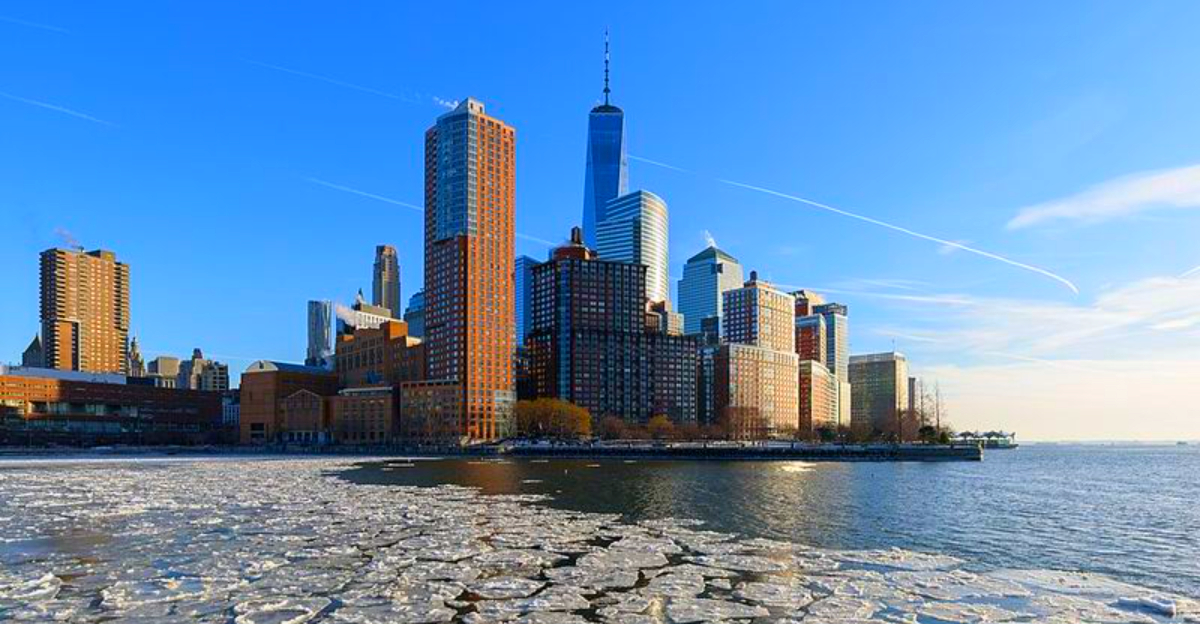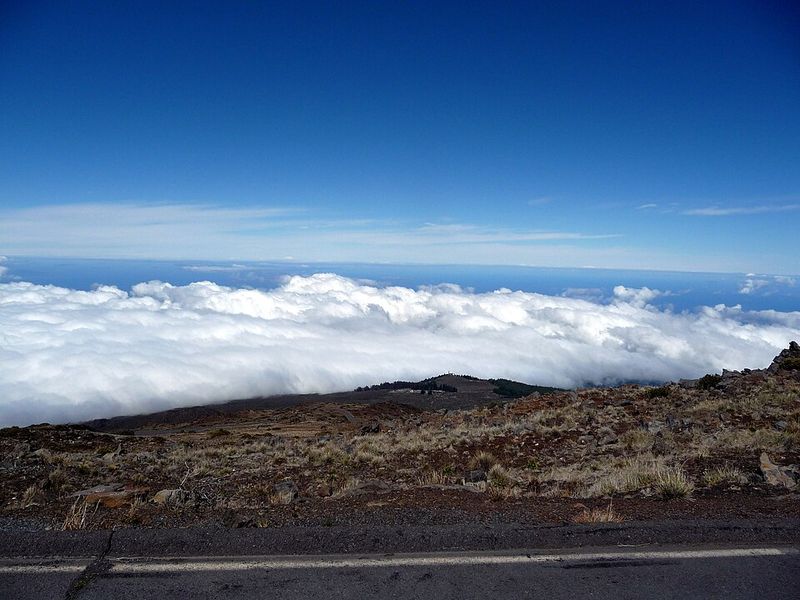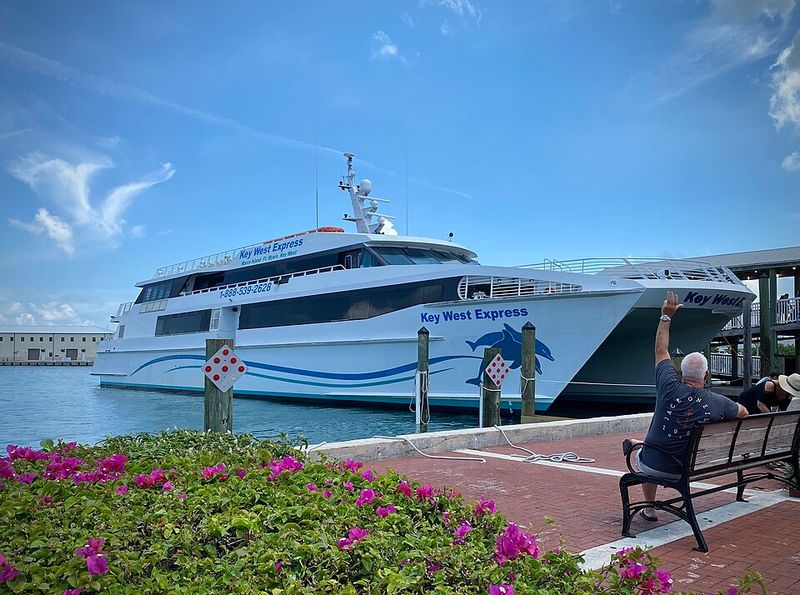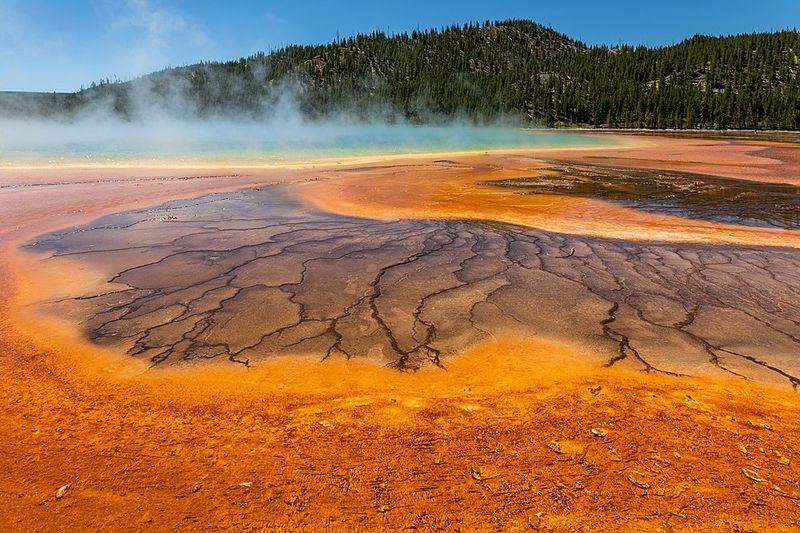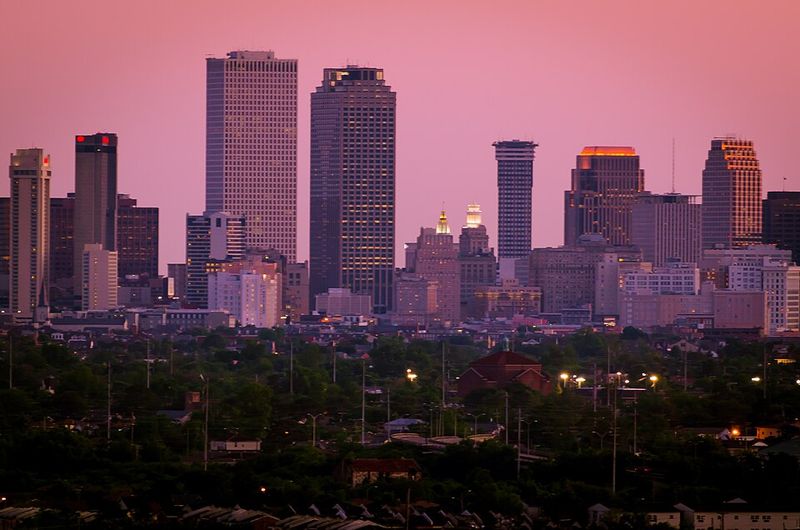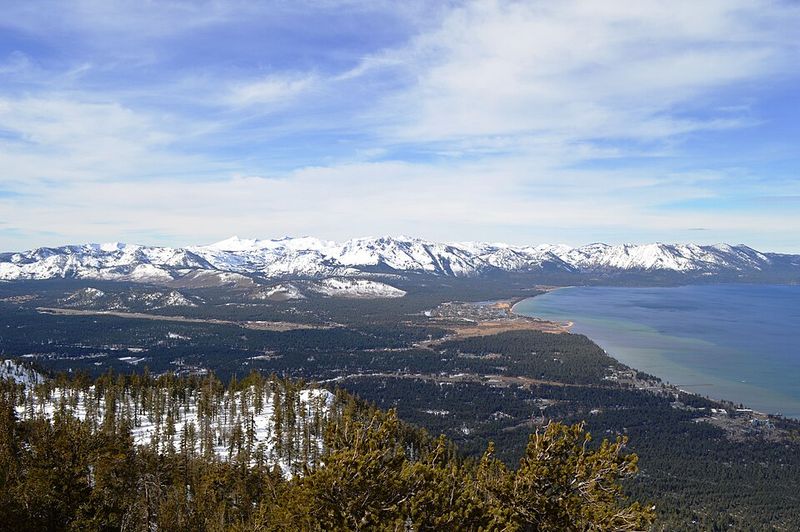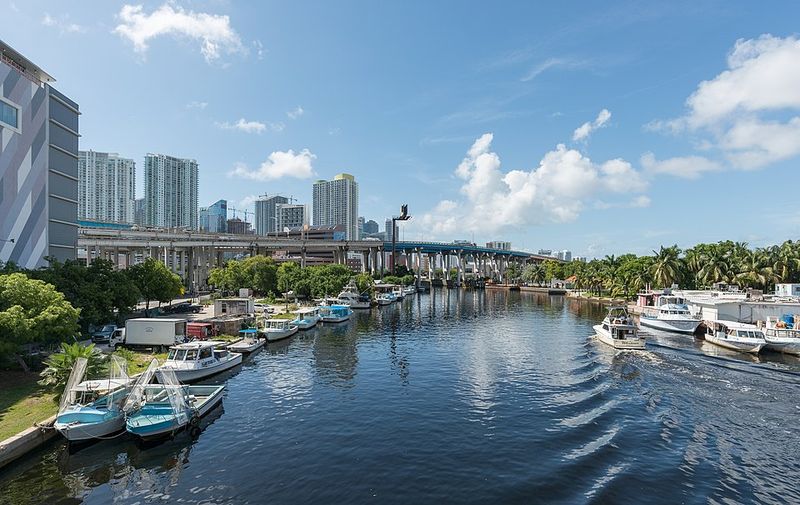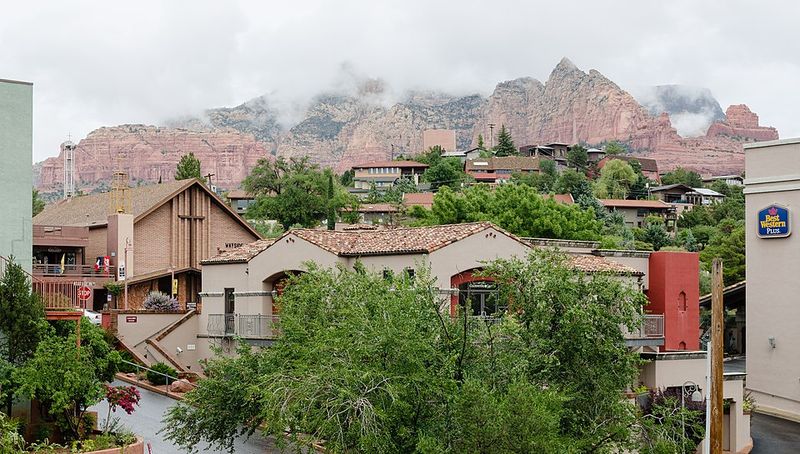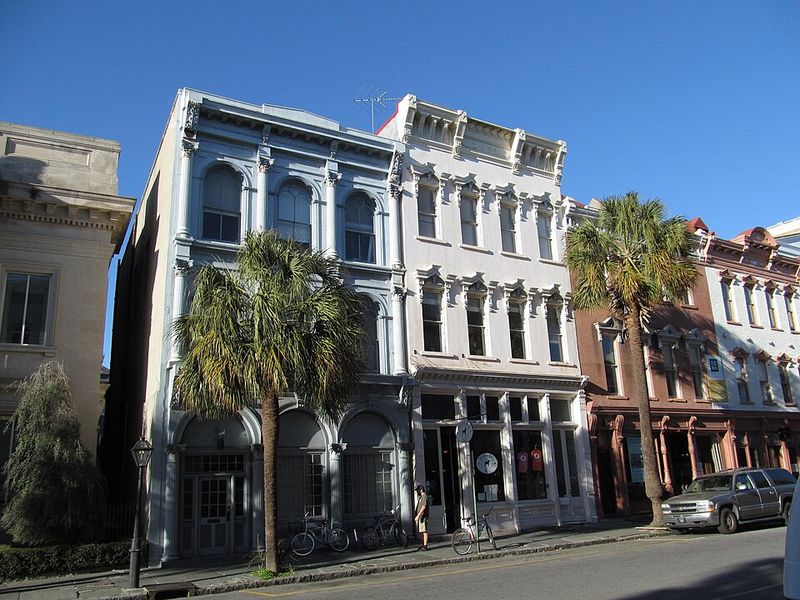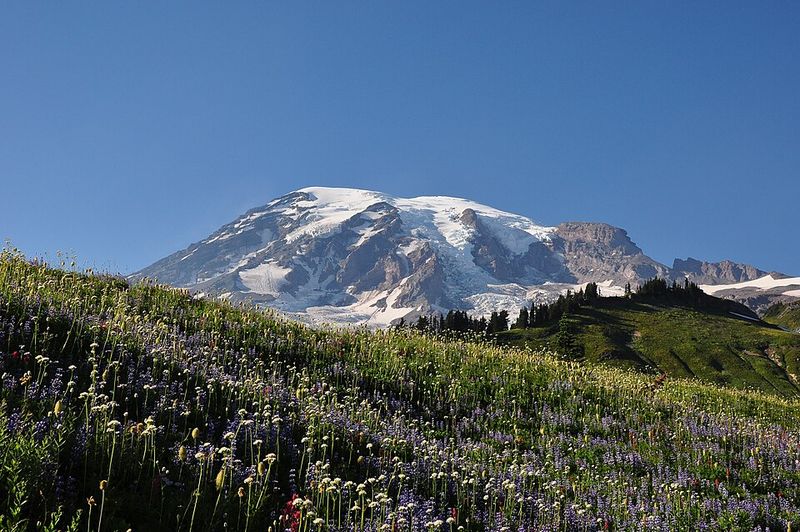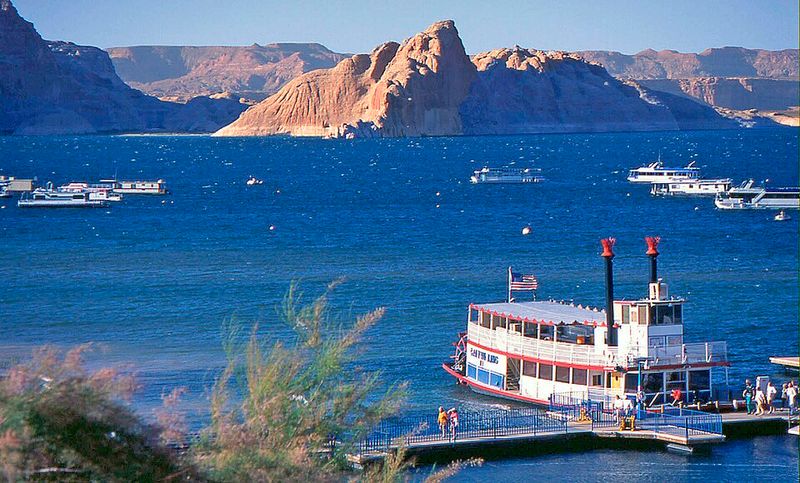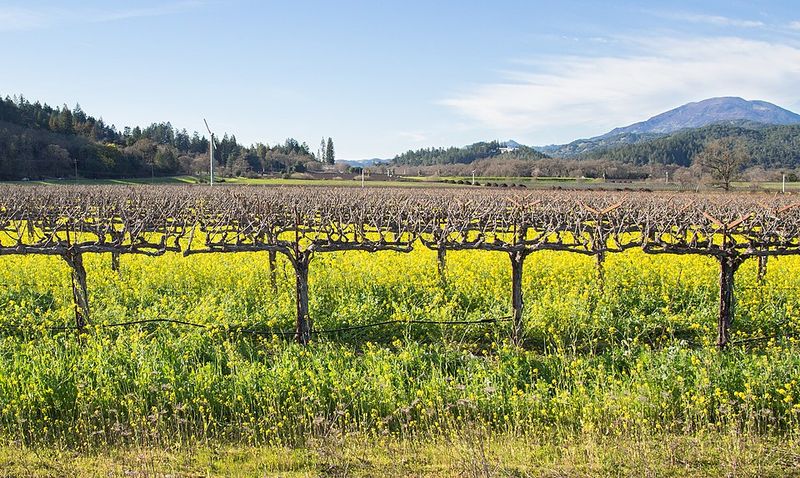Every year, millions of travelers flock to America’s most beautiful and beloved destinations. But behind the postcards and perfect selfies, many of these places are facing serious, often unseen challenges – from environmental strain to infrastructure decay. Here are 17 U.S. hotspots with hidden problems most visitors never notice.
1. Maui, Hawaii – A Paradise Struggling for Water
Maui, a shimmering jewel in the Pacific, faces a perplexing paradox: water scarcity. The island’s lush landscapes and verdant golf courses belie the reality that many residents endure water restrictions. It’s a stark tale of resource imbalance that fuels local protests.
Tourists enjoy the island’s natural beauty without realizing the strain on water resources. While resorts thrive, the community grapples with debates over tourism’s impact.
Discussions about sustainable practices are more crucial than ever. The hidden complexities of paradise reveal a deeper conflict that challenges the island’s future.
2. Las Vegas, Nevada – Built on a Shrinking River
The glitz of Las Vegas hides a pressing concern: a shrinking water supply. The glittering city relies heavily on the Colorado River, which is at historical lows.
As the Southwest faces the worst drought in 1,200 years, Lake Mead’s decreasing levels present a real threat to Las Vegas’s future. The neon lights might dazzle, but the water crisis doesn’t.
The city’s sustainability is a growing concern, making water conservation efforts more important than ever. This hidden challenge is as real as the opulence on the Strip.
3. Key West, Florida – Dying Coral Reefs
Key West, a diver’s haven, masks an underwater tragedy: dying coral reefs. Pollution, overfishing, and warming seas are rapidly bleaching these vital underwater ecosystems.
Nearly 90% of Florida’s reefs have suffered damage in recent years. Tourists marvel at the oceans, unaware of the decaying world beneath.
The loss of coral not only threatens marine biodiversity but also the very allure that brings visitors. Protecting these delicate ecosystems is an urgent need, unseen by many who visit.
4. Yellowstone National Park, Wyoming – Overwhelmed by Visitors
Yellowstone’s majestic beauty attracts over 4 million visitors yearly, but the influx creates its own set of problems. Crowded roads, overflowing restrooms, and trail erosion are just the beginning.
Park rangers struggle with traffic jams and litter, threatening the park’s delicate ecosystems. It’s a hidden challenge that lurks behind the breathtaking views.
The strain on resources and infrastructure calls for balance. Ensuring sustainability means managing the impact of tourism while preserving nature’s wonder.
5. New Orleans, Louisiana – A City That’s Sinking
New Orleans, with its vibrant culture, faces a sinking reality. Coastal erosion and rising sea levels have increased flooding, challenging the city’s infrastructure.
Much of the city is below sea level, and maintaining the levee systems grows more difficult each year. While visitors revel in the city’s charm, the hidden environmental threats are ever-present.
Efforts to combat these challenges are ongoing, but they require constant vigilance. The resilience of New Orleans is as vital as its spirit, but so is acknowledging the risks it faces.
6. San Francisco, California – Behind the Golden Gate’s Glamour
San Francisco’s stunning hills and iconic landmarks conceal a stark reality: a profound homelessness crisis. The city’s high cost of living exacerbates the issue, impacting many residents.
Tourists are often unaware of the social challenges that permeate daily life. Behind the scenic beauty lies a struggle for affordable housing and basic needs.
The city’s allure is undeniable, but so is the need for solutions to these pressing social issues. The contrast between glamour and reality is a poignant reminder of hidden complexities.
7. Grand Canyon, Arizona – Erosion of the Experience
The Grand Canyon’s timeless beauty is undeniable, yet its popularity brings challenges. Overcrowded trails and helicopter tours disturb the tranquility, creating an erosion of the visitor experience.
Litter and human impact further strain this UNESCO World Heritage Site. Visitors may not notice, but the environmental footprint grows.
Preserving this natural wonder means addressing these pressures. Balancing tourism with conservation efforts becomes crucial to maintaining the canyon’s grandeur for future generations.
8. Lake Tahoe, California/Nevada – Losing Its Clarity
Lake Tahoe’s famously clear waters now face an alarming decline. Runoff from roads and construction reduces visibility, clouding the lake’s pristine image.
The lake’s clarity has dropped nearly 40% since the 1960s, a change not always visible to the naked eye. Tourists enjoy the picturesque scenery, unaware of the looming environmental threat.
Efforts to restore and protect the lake are vital. The hidden problem underscores the need for careful management and sustainable practices.
9. Miami, Florida – The City That Floods on Sunny Days
Miami’s shimmering skyline masks a persistent problem: flooding on sunny days. Rising sea levels and king tides overwhelm drainage, causing frequent street flooding.
Expensive flood-control projects struggle to keep pace with the water’s advance. Visitors enjoy the city’s vibrant life, often oblivious to the underlying challenges.
The fight against rising waters is an ongoing battle, emphasizing the need for innovative solutions. Miami’s future depends on addressing these unseen vulnerabilities.
10. Sedona, Arizona – Overrun by Its Own Beauty
Sedona’s captivating red-rock vistas draw throngs of visitors, leading to unexpected problems. Traffic congestion and trail erosion strain the town’s serene appeal.
Locals struggle to preserve the tranquility that defines Sedona, as the influx disrupts daily life. Tourists take in the natural beauty, unaware of the mounting frustration.
Sustainable tourism practices are essential to maintain Sedona’s charm. Balancing fame with preservation becomes an intricate dance.
11. Charleston, South Carolina – Historic Beauty Underwater
Charleston’s enchanting streets face a watery foe. Rising tides and frequent flooding threaten its historic architecture, a struggle often unseen by visitors.
Preservationists race against time to protect the city’s heritage from saltwater damage. The charm of Charleston hides these urgent challenges.
Efforts to safeguard the city reveal a complex relationship with nature. The hidden battle underscores the city’s vulnerability and the importance of preservation.
12. Big Sur, California – Landslides and Fragile Roads
Big Sur’s breathtaking coastline conceals a constant threat: landslides. The scenic Pacific Coast Highway is vulnerable, with collapses isolating communities for months.
The cost of repairs is staggering, and the risk remains ever-present. Tourists drive the picturesque route, often oblivious to the underlying fragility.
The beauty of Big Sur exists alongside its precarious nature. Ensuring safety and accessibility becomes a vital concern for both locals and visitors.
13. New York City, New York – The Hidden Waste Problem
New York’s iconic skyline hides a colossal waste issue. The city produces over 12,000 tons of garbage daily, a challenge that’s less seen by tourists.
Managing this immense output is a constant struggle, impacting air quality and congestion. Visitors marvel at the city’s energy, unaware of the hidden battles.
Efforts to tackle waste and pollution are as vibrant as the city’s spirit. The balance between growth and sustainability becomes an ongoing endeavor.
14. Mount Rainier National Park, Washington – Glaciers in Retreat
Mount Rainier’s icy beauty is under threat. Glaciers are melting at alarming rates due to climate change, altering the park’s landscape.
This retreat impacts water supplies and increases landslide risks, challenges that tourists might never see. The park’s majesty hides these urgent environmental concerns.
Conservation efforts aim to address these changes, preserving the park’s natural allure. The hidden realities serve as a reminder of the fragile balance within nature’s wonders.
15. Outer Banks, North Carolina – Erosion on the Edge
The Outer Banks, a picturesque string of barrier islands, face constant erosion. Storms and rising seas reshape beaches and threaten homes, a hidden struggle for many visitors.
The cost of repairs and relocations is immense, yet the islands remain a beloved destination. Tourists enjoy the sun and sand, unaware of the ongoing battle against nature.
Efforts to protect these islands require innovative solutions. The beauty of the Outer Banks coexists with a fragile existence, calling for careful stewardship.
16. Lake Powell, Utah/Arizona – A Vanishing Reservoir
Lake Powell’s stunning cliffs tower over dramatically low water levels. Once a haven for desert recreation, it’s become an emblem of the Western drought crisis.
The reservoir’s decline impacts both recreation and water supply, changes that visitors might overlook. The stark contrast highlights a pressing environmental reality.
Efforts to manage water usage are crucial in this evolving landscape. Lake Powell’s beauty persists, but so does the urgency of its hidden challenges.
17. Napa Valley, California – Wine Country on Fire
Napa Valley’s verdant vineyards hide an urgent threat: wildfires. Repeated blazes, prolonged drought, and rising temperatures threaten this wine region’s future.
The impact on vineyards and livelihoods is profound, yet not always visible to tourists. The allure of wine country hides these pressing environmental challenges.
Efforts to protect the region are ongoing, emphasizing the need for innovative solutions. The balance between nature and industry remains delicate, underscoring the area’s vulnerability.
